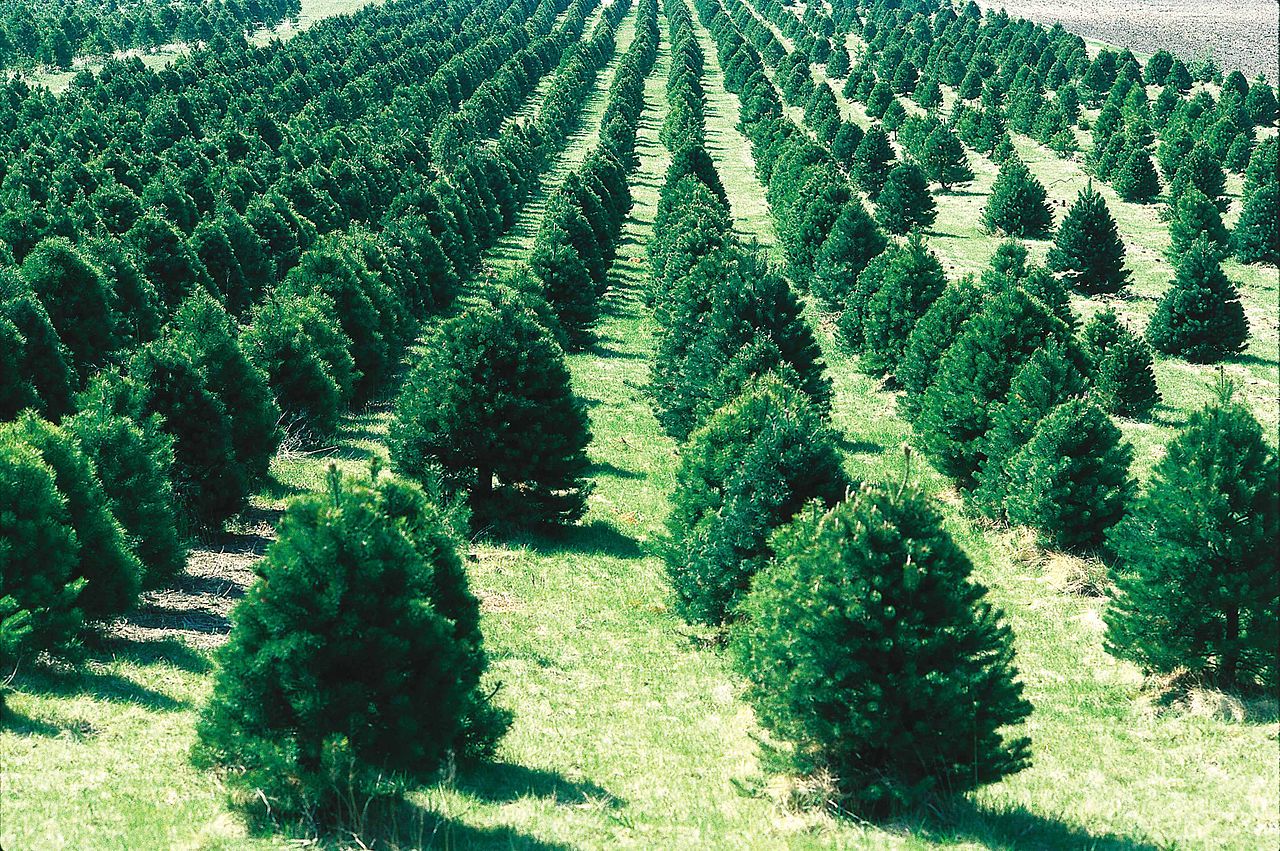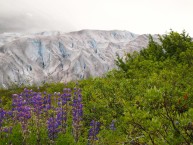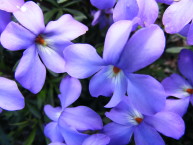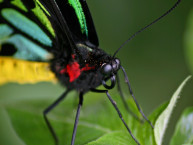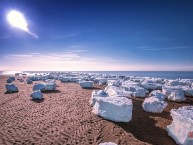On more than one occasion I’ve been confronted by the question: “How can you cut down a live tree for a Christmas decoration? I thought you cared about the environment.”
There is an ongoing discussion about whether or not to use artificial trees or real trees as Christmas decorations, and what if any are the environmental ramifications of our choices.
Ultimately this discussion boils down to renewable vs non-renewable resources.
Pro artificial tree users argue that fake trees can be used on a long term basis as opposed to having to deplete the world of one tree per year, year after year.
However in actuality, when you buy a real Christmas tree, you are not depleting the forest, but in fact are supporting an industry which is widely beneficial to the environment.
Demand for real Christmas trees is around 30 million per year. There are currently 15 thousand domestic Christmas tree farms supporting that demand. On these farms there are currently 350 million live Christmas trees growing, using about 350,000 acres of green space.
This is land that must be put aside to continuously grow Christmas trees on a rotating basis. When one tree is cut, tree farms plant one to three new seedlings to replace it.
These 350 million trees, of course act as carbon sinks, trapping pollutants filtering the air and producing life giving oxygen.
These farms also create much needed wildlife refuge (the local tree farm where I get my tree has abundant amounts of milkweed growing between the trees essential for the survival of monarch butterflies) they provide scenic green belts and as an added benefit create 100,000 jobs.
And as far as waste goes: there are more than 4000 local tree recycling programs in the US. Christmas trees are easily composted or mulched.
On the other hand artificial Christmas trees are petroleum based, made from non-renewable plastics (most are made from PVC (polyvinyl chloride)) produced from oil and containing toxic metals (including lead). Almost all of these trees must then be transported all the way from China using more energy and creating more pollutants.
Rick Dungey of the National Tree Growers Association, states:
“You should always choose a plant over non-biodegradable plastic. A plant is a renewable resource, 100-percent biodegradable and easily recycled,” “The plastic tree-shape decorations, those are made of non-recyclable, non-degradable plastics and metals. They never decompose. Every one we buy is going to end up in the landfill.”
Stacey Gonzalez of the Center for Health, Environment and Justice says: “Christmas time is an opportunity to reflect on how we live, and it’s important to think of the impact of our decisions,” “This time of year (you) could be (taking) a great step in the right direction.”
Environmentalists Agree: Go real. Natural is better.
